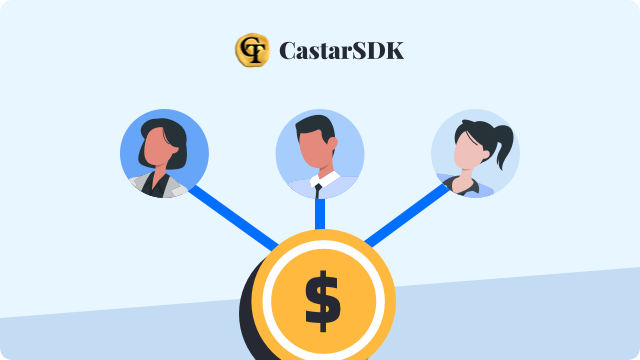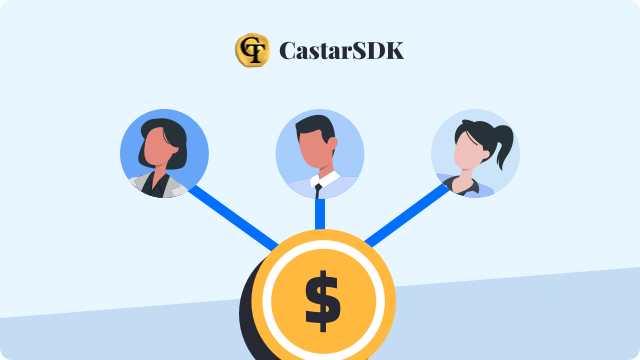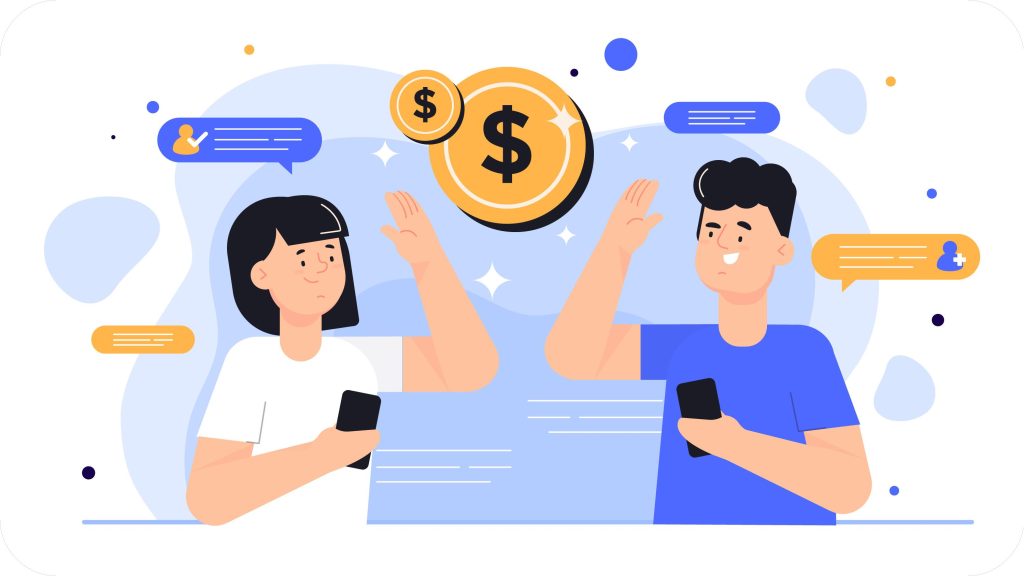
Many people have a misunderstanding: revenue growth means more users, more ad clicks, and more paid data. But in fact, whether an app can continue to make profits often depends on whether it fully utilizes the existing user value.
How much value each user can generate and how much revenue it can bring are the key to determining the profitability of the app. If we learn to optimize the revenue of each user and fully explore the user value, then even users who do not watch ads and do not pay can bring you more than expected revenue.

Understand Your User Base
Different users have very different usage habits, preferred content, and retention intentions in the app. Through user analysis, we can segment user categories and understand user preferences:
● User categories: not only must we distinguish between “active users”, “high-value users”, and “near-churn users”, but we must also distinguish which users are willing to tolerate ads and which users tend to use subscriptions in exchange for a better experience.
● Behavior analysis: Understand which content and functions users stay on the longest and grasp user preferences.
With these data, we can take targeted measures to increase the conversion rate of active users, stabilize the retention rate of high-value users, delay or reduce the churn rate, and push different monetization methods based on user preferences. These user behaviors may seem small, but they constitute an important support for increasing ARPU.
Diversify Your Monetization Strategies
To optimize the revenue of each user, we must first break the traditional framework of “monetization means advertising or in-app purchases”. It is difficult to maximize revenue by relying on a single source of revenue. Implement diversified monetization solutions in the application:
● Coexistence of advertising and subscription: Provide “ad-free” subscription options for users who hate interference and are willing to pay.
● Task-based reward mechanism: Users get rewards by signing in, inviting friends, completing small tasks, etc., which not only improves retention but also brings revenue growth.
● Passive monetization solution: a monetization solution that does not interfere with and passively obtains revenue. Take CastarSDK as an example. It runs silently in the background and will not interfere with users. It does not make money through advertising or payment, but generates passive income through idle public bandwidth. Users only need to keep their devices online, and developers can continue to obtain stable income in the background. Using this kind of solution, even users who never provide value can generate revenue for you.
Unlock the Potential of Low-Value Users
Not all users will top up or click on ads, but they can also bring value:
● Using CastarSDK, each user can realize value and create revenue in a non-perceived monetization solution.
● Guide them to engage in light interactions, such as signing in, completing daily tasks, etc., to accumulate application activity while reducing user churn.
Give Users the Power to Choose
We should change our mindset and let users change from “passively accepting” monetization methods to “actively choosing” monetization solutions. Each user has different needs and willingness to pay. If we blindly push all users to a unified monetization model, it will not only easily cause disgust, but also easily lose potential high-value users who could have stayed for a long time.
Providing optional opportunities allows users to actively decide how to use the application, which reduces user resistance and improves user satisfaction.
More importantly, the existence of the right to choose allows each user to create value for the application within their comfort zone, which will naturally improve the overall monetization efficiency and bring the application revenue to a higher level.

Final Thoughts
Optimizing the revenue of each user is not only to improve the revenue of the application, but also to reshape the product value and user relationship. When we can find the right way to monetize for each user, we can truly achieve a win-win situation of “efficient revenue” and “user experience”.
Learning to look at users from different perspectives and being able to discover the potential value of each user is the root of the success of the application.
